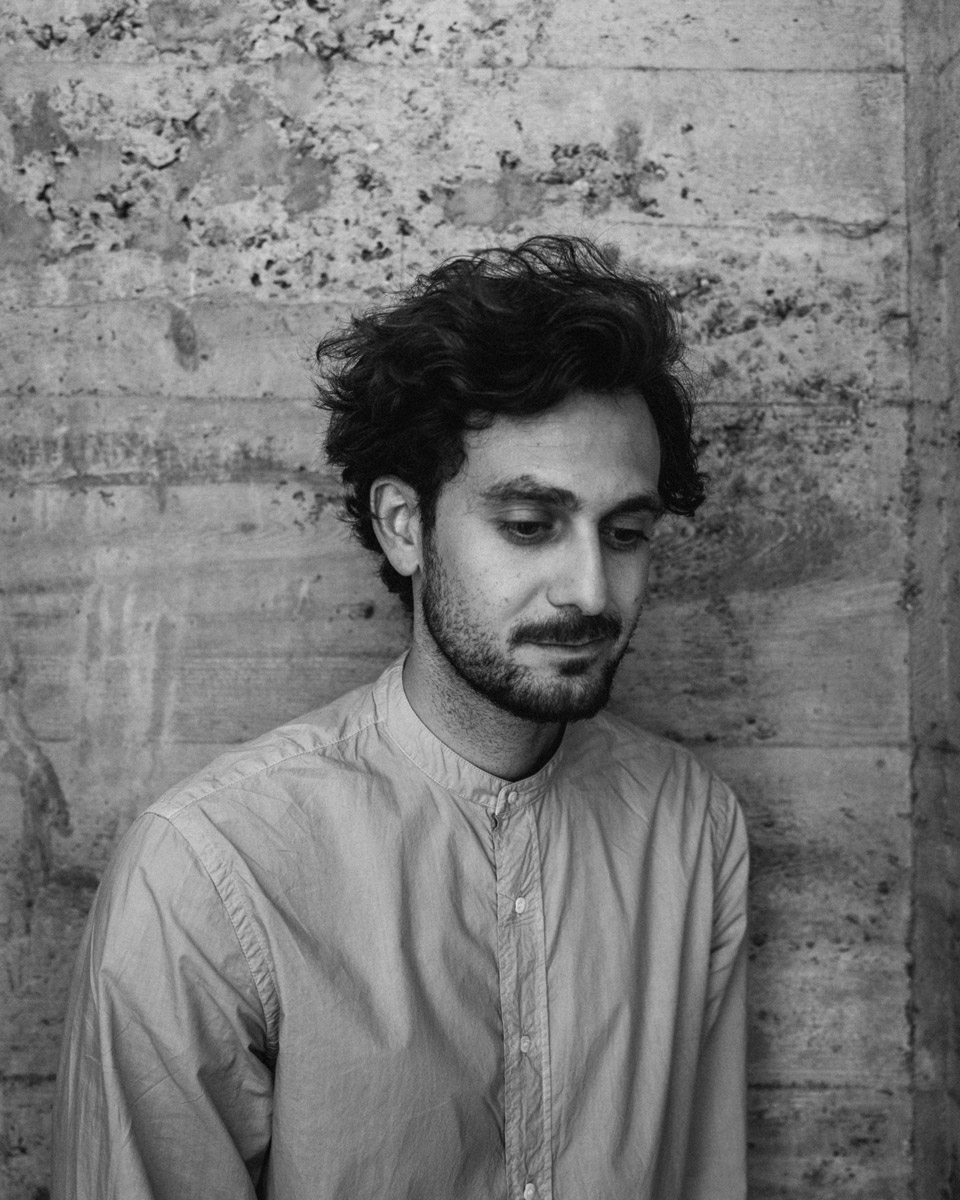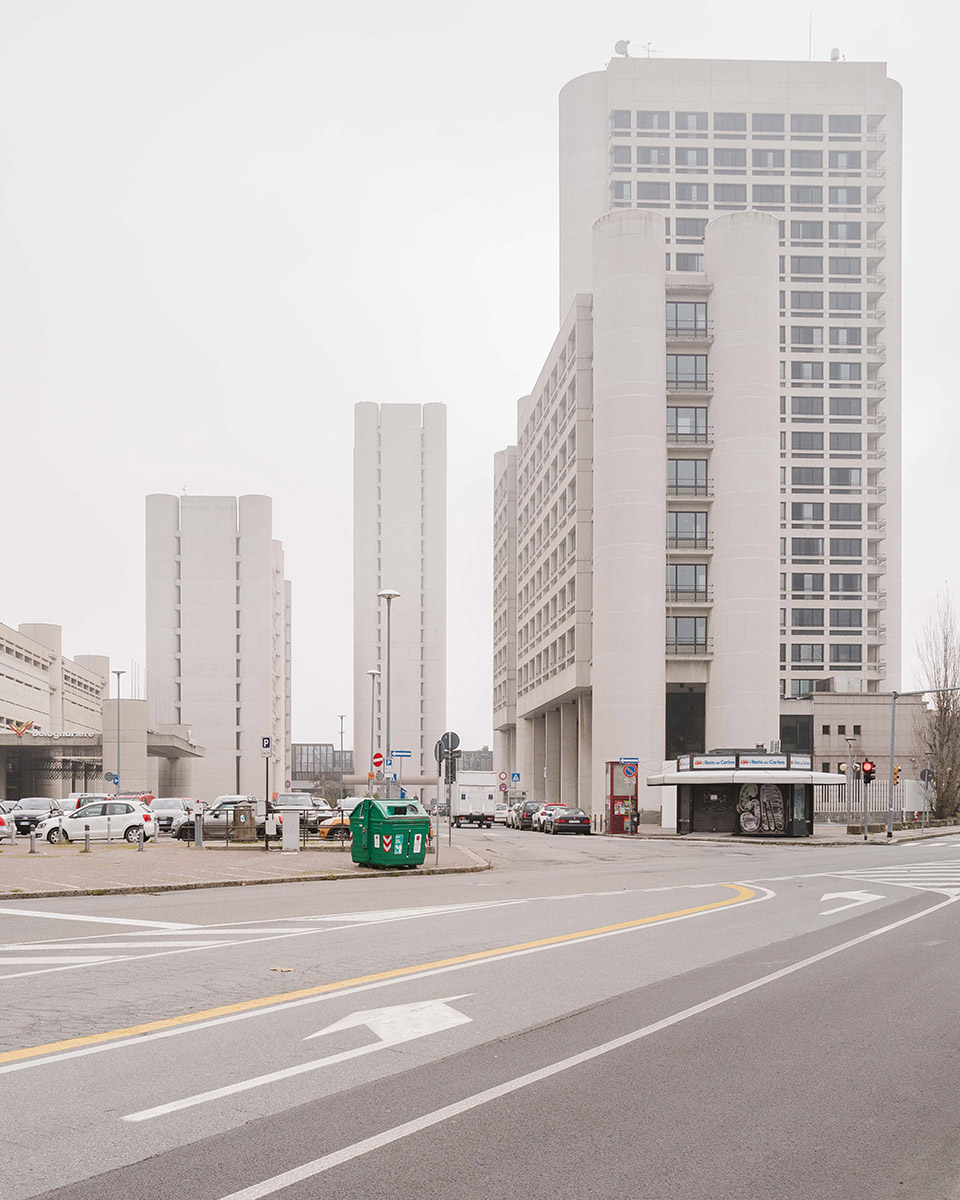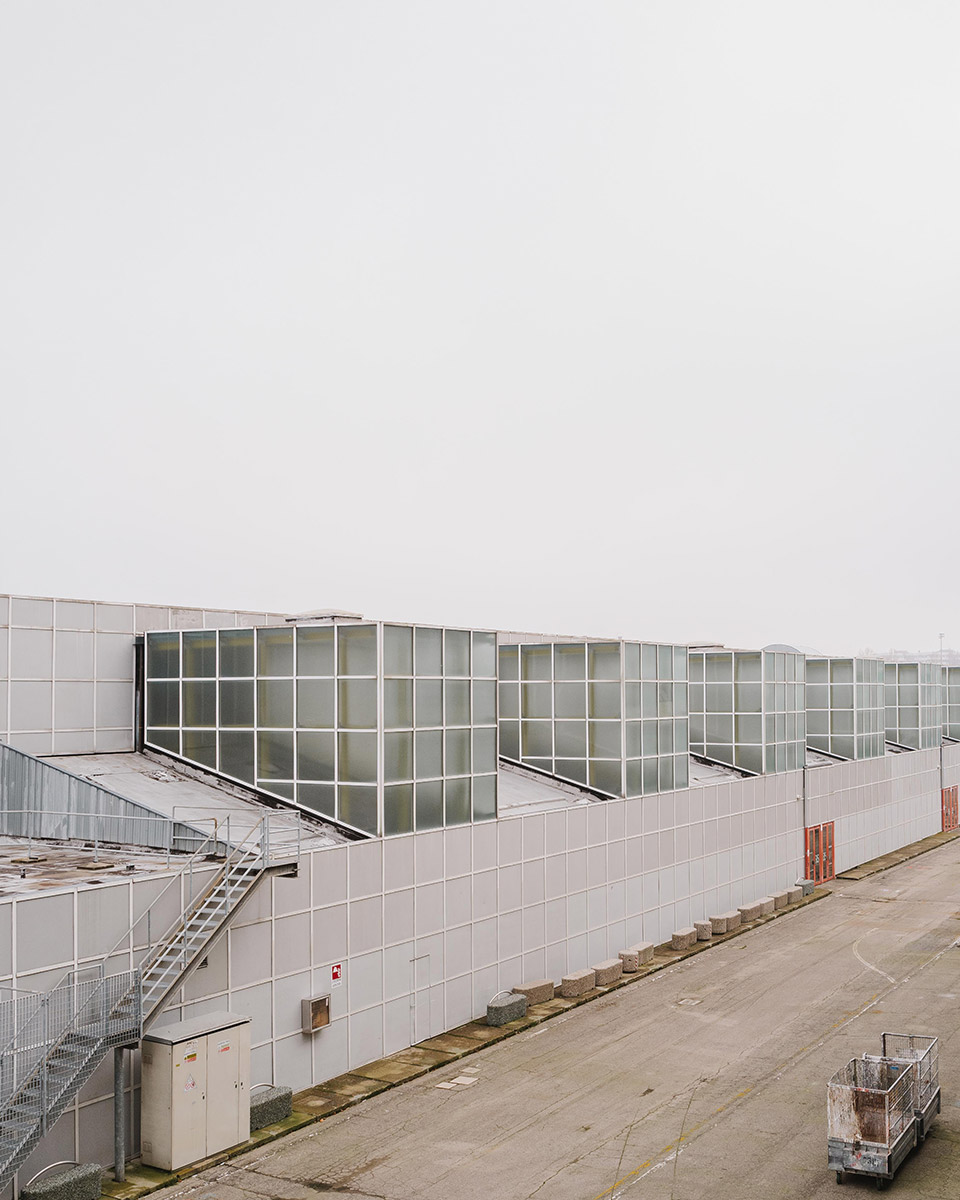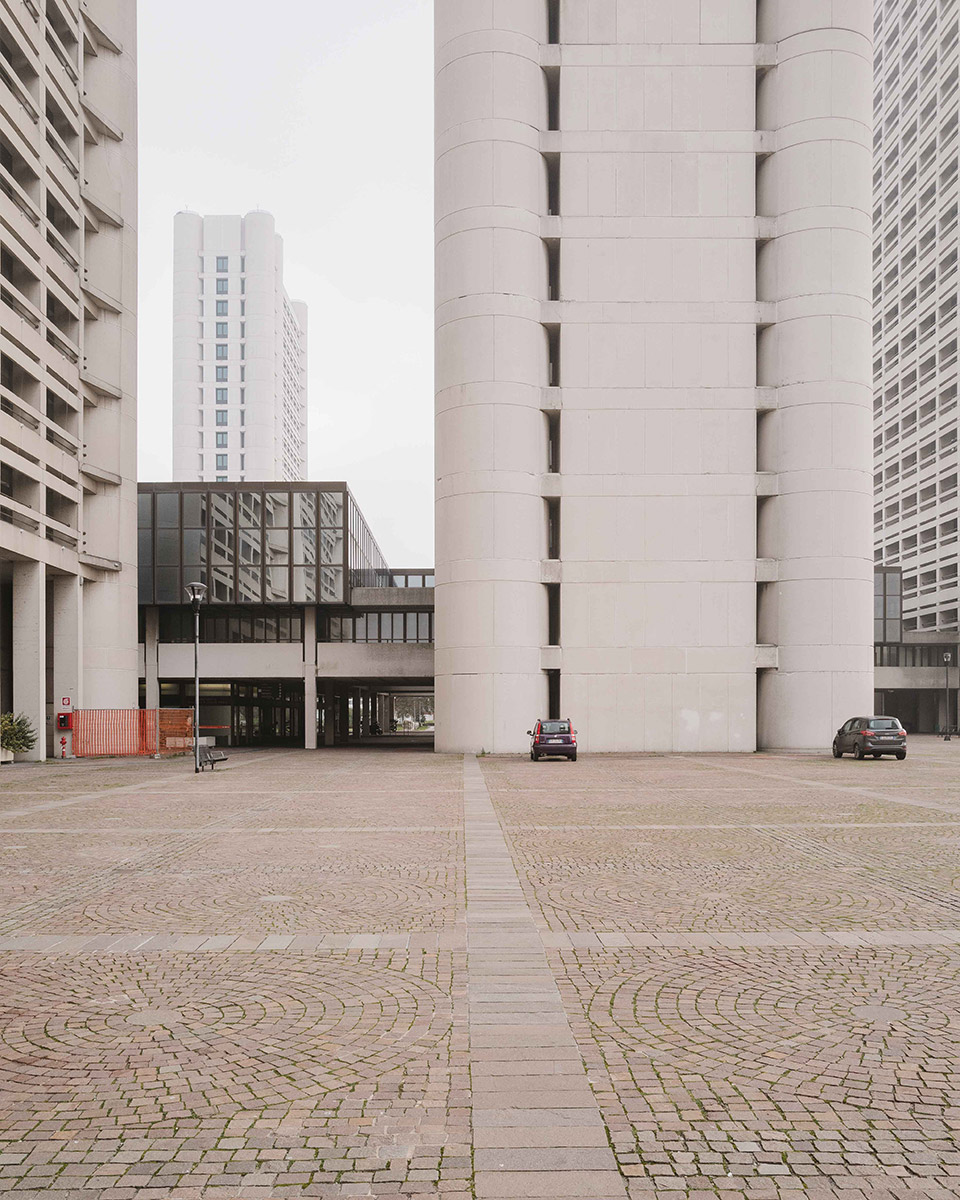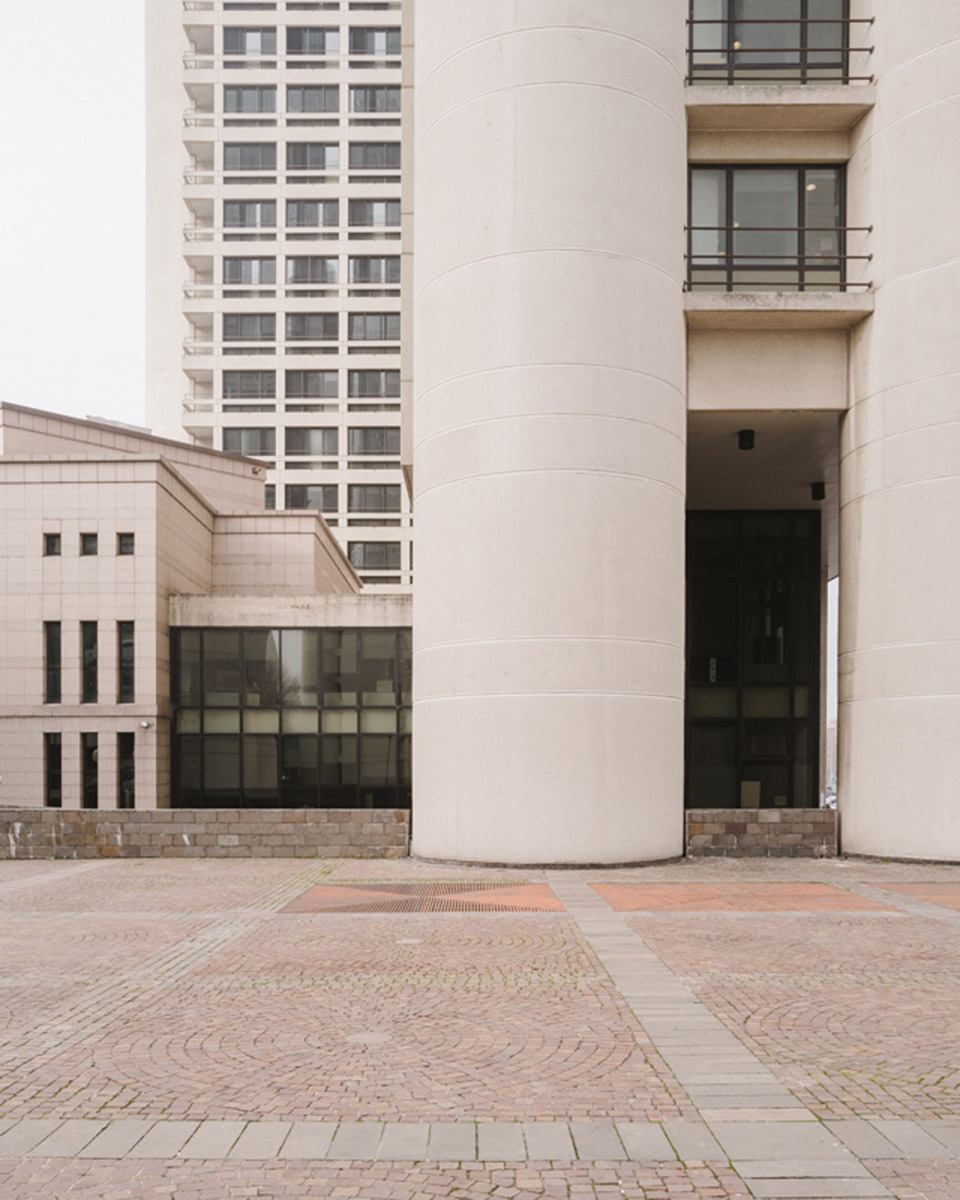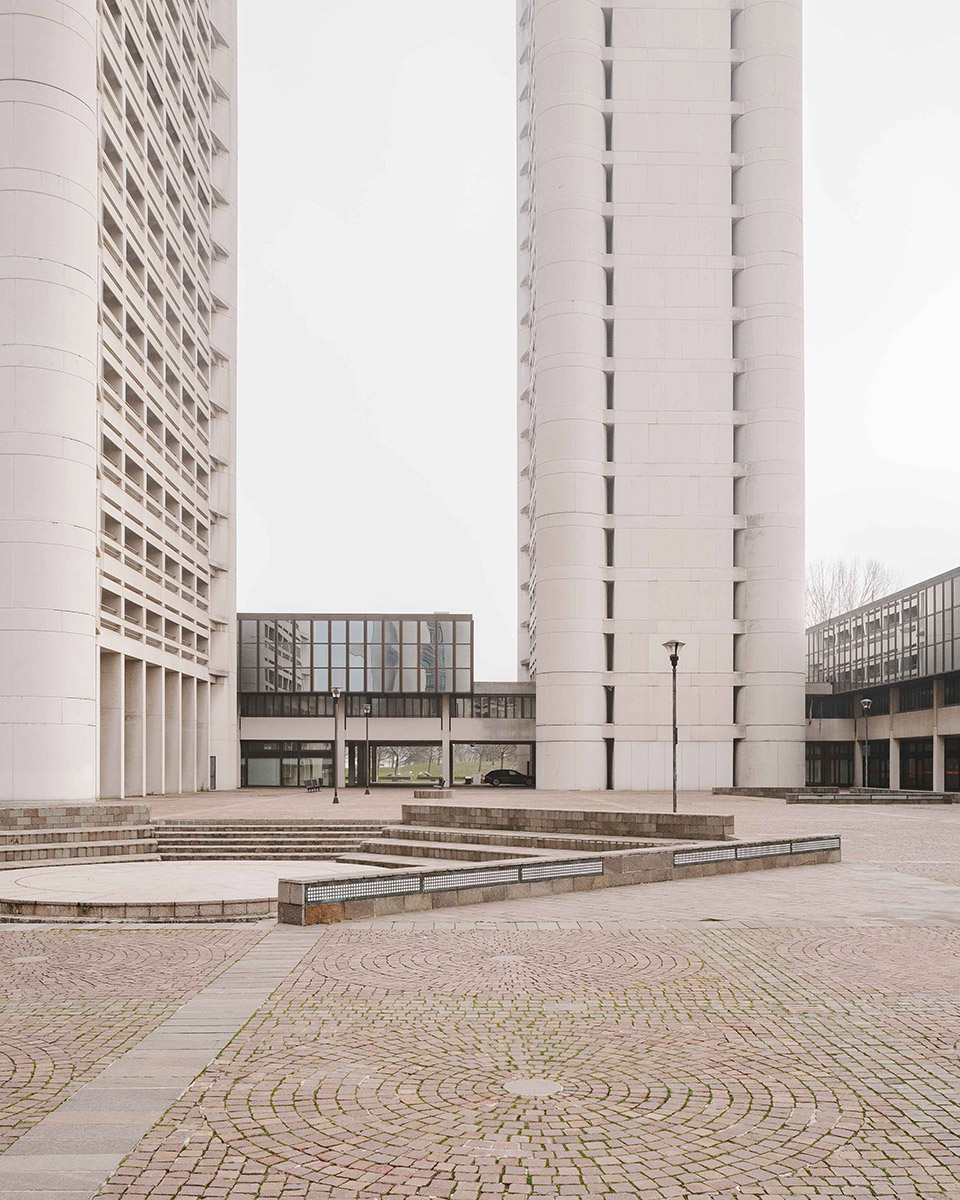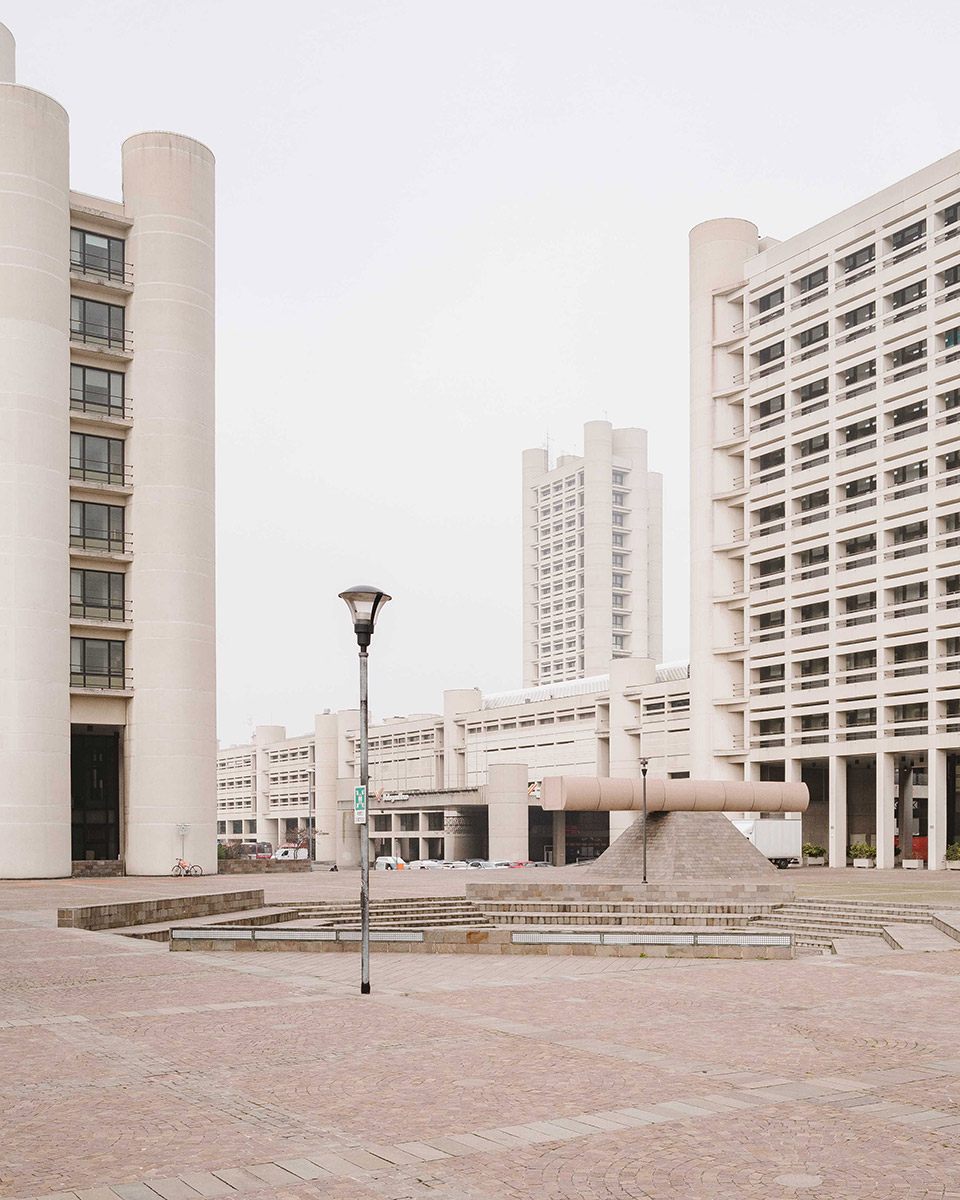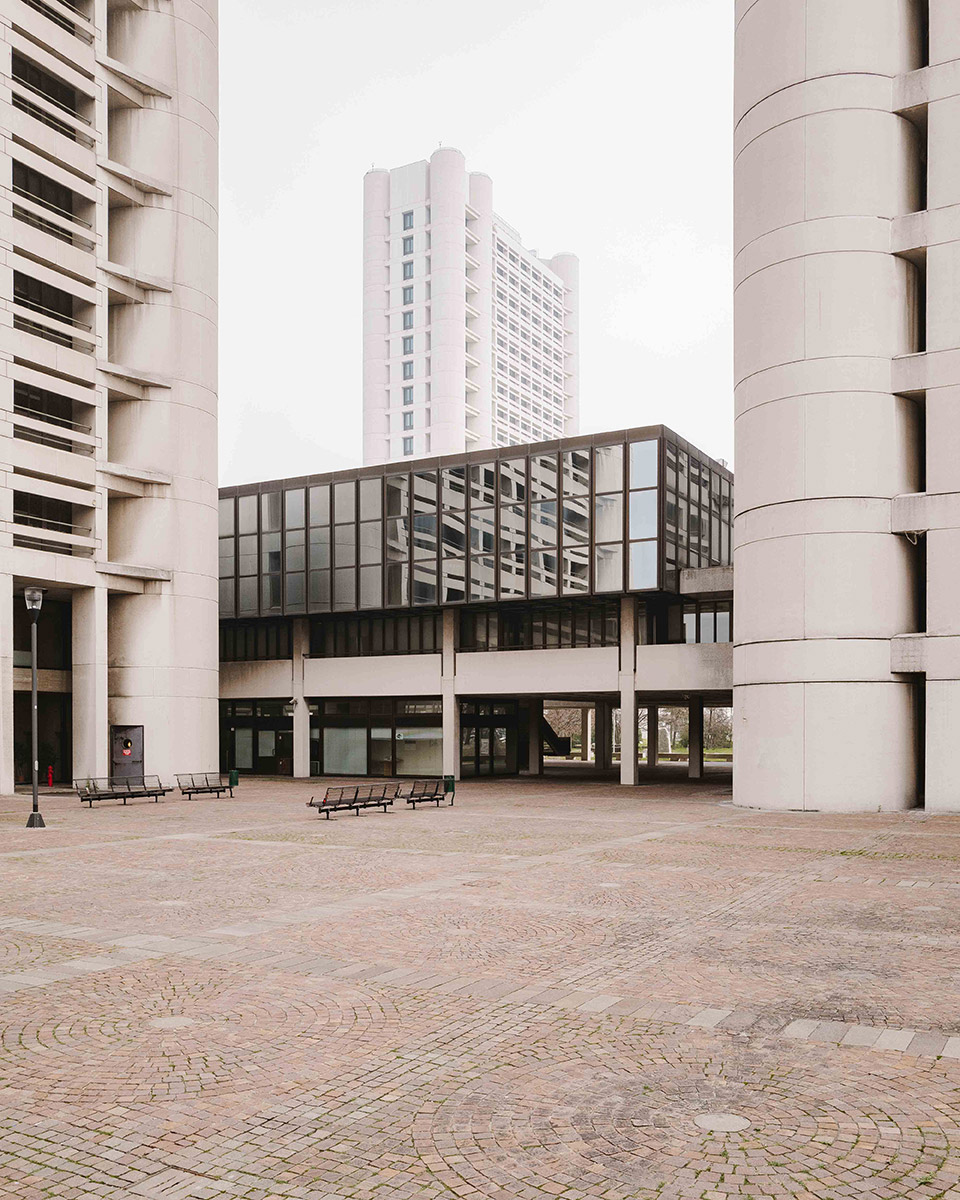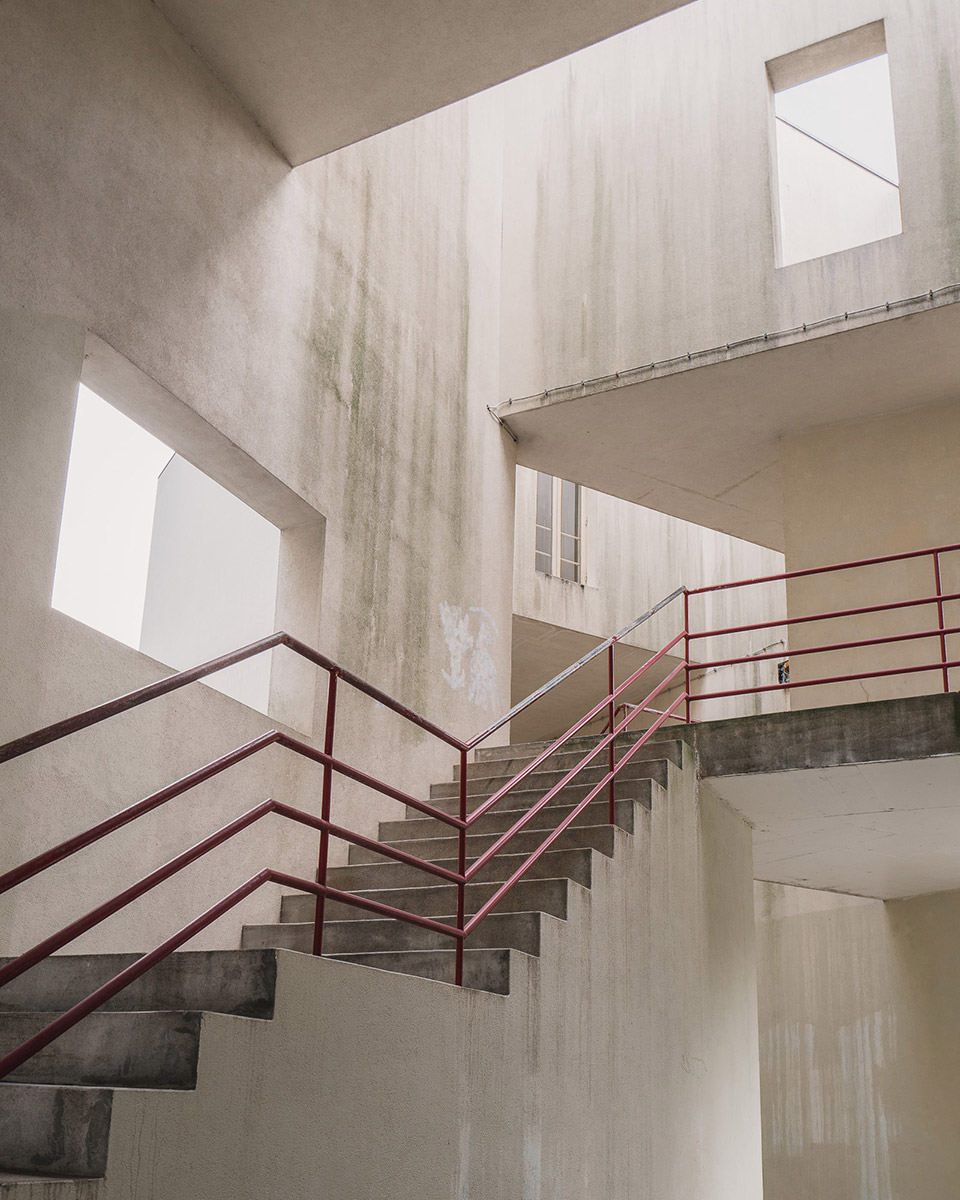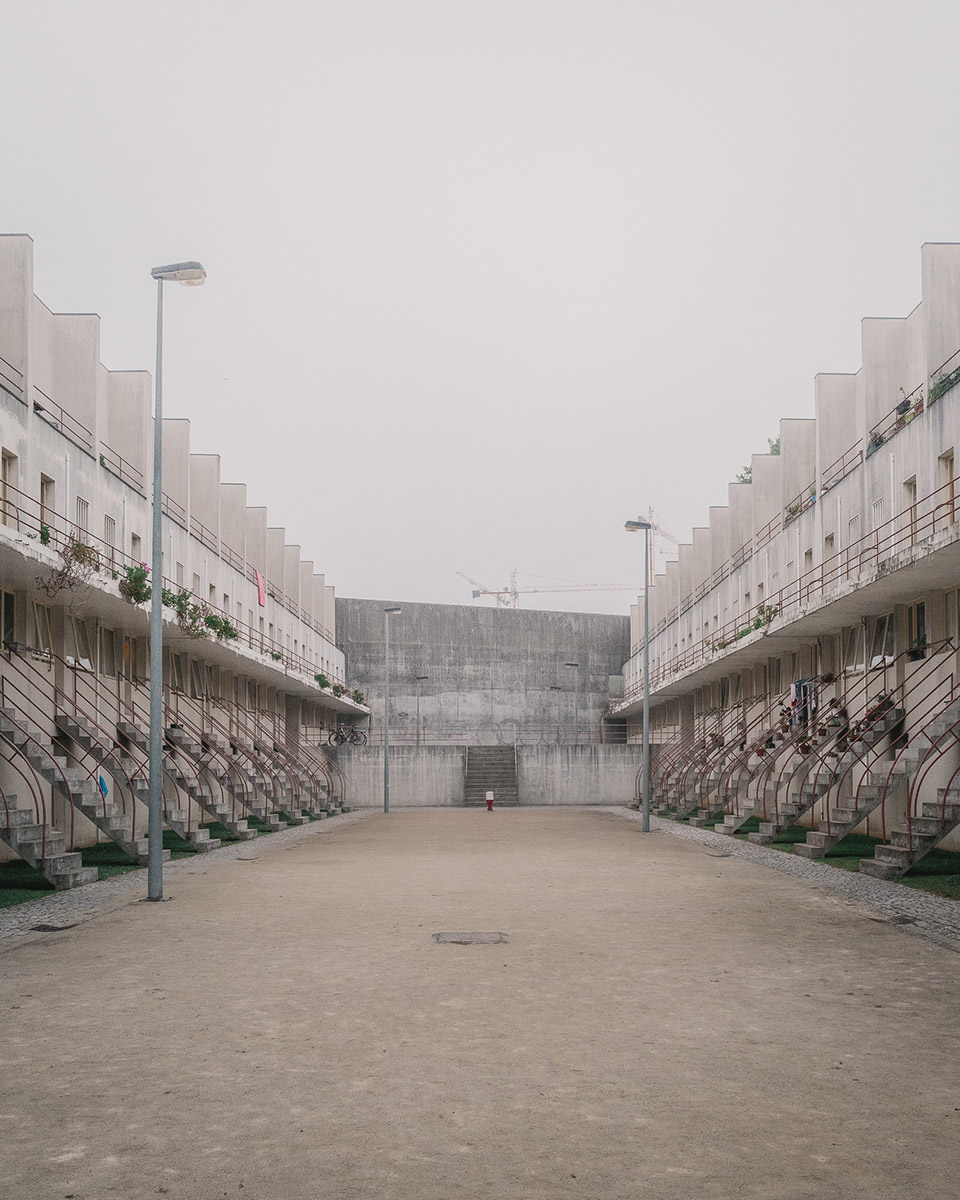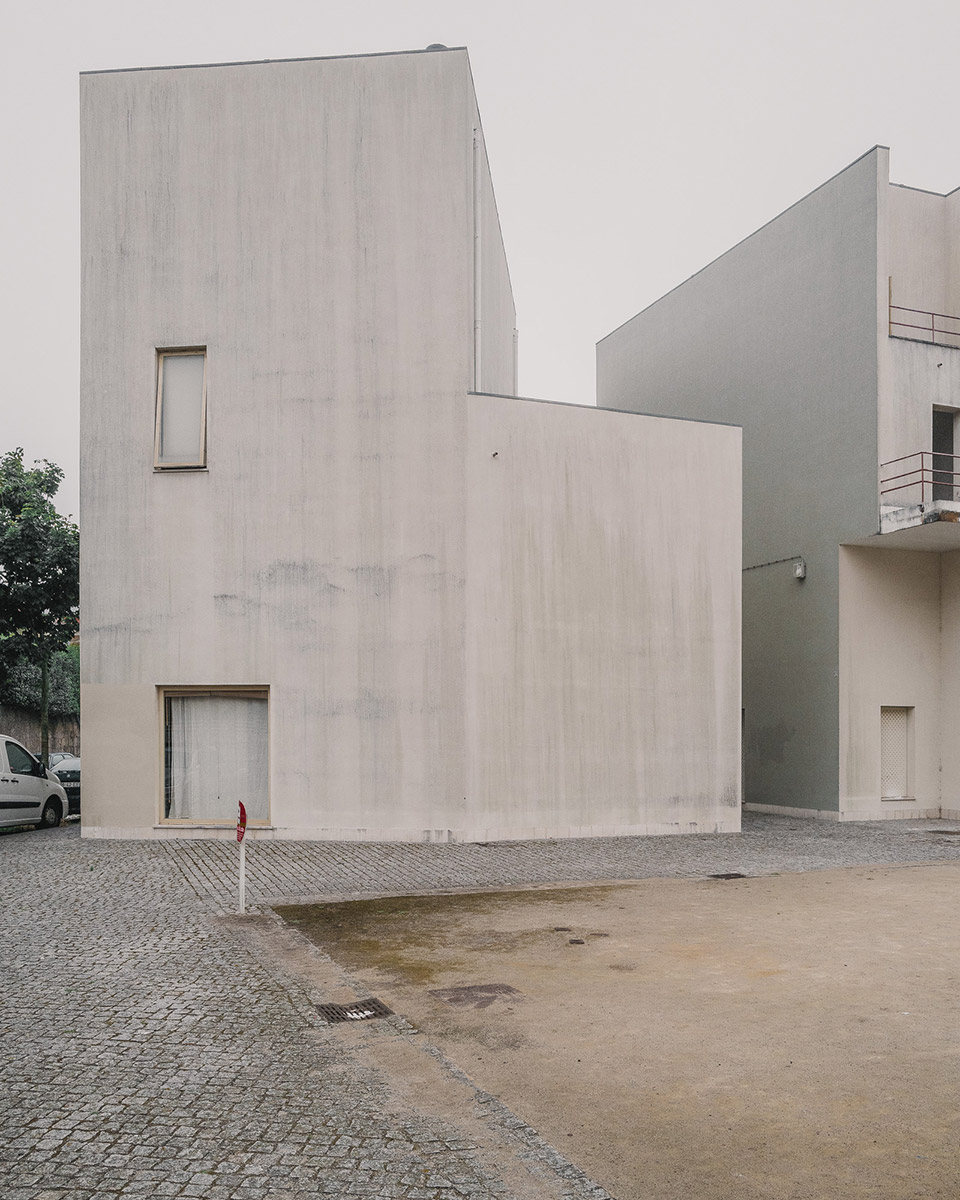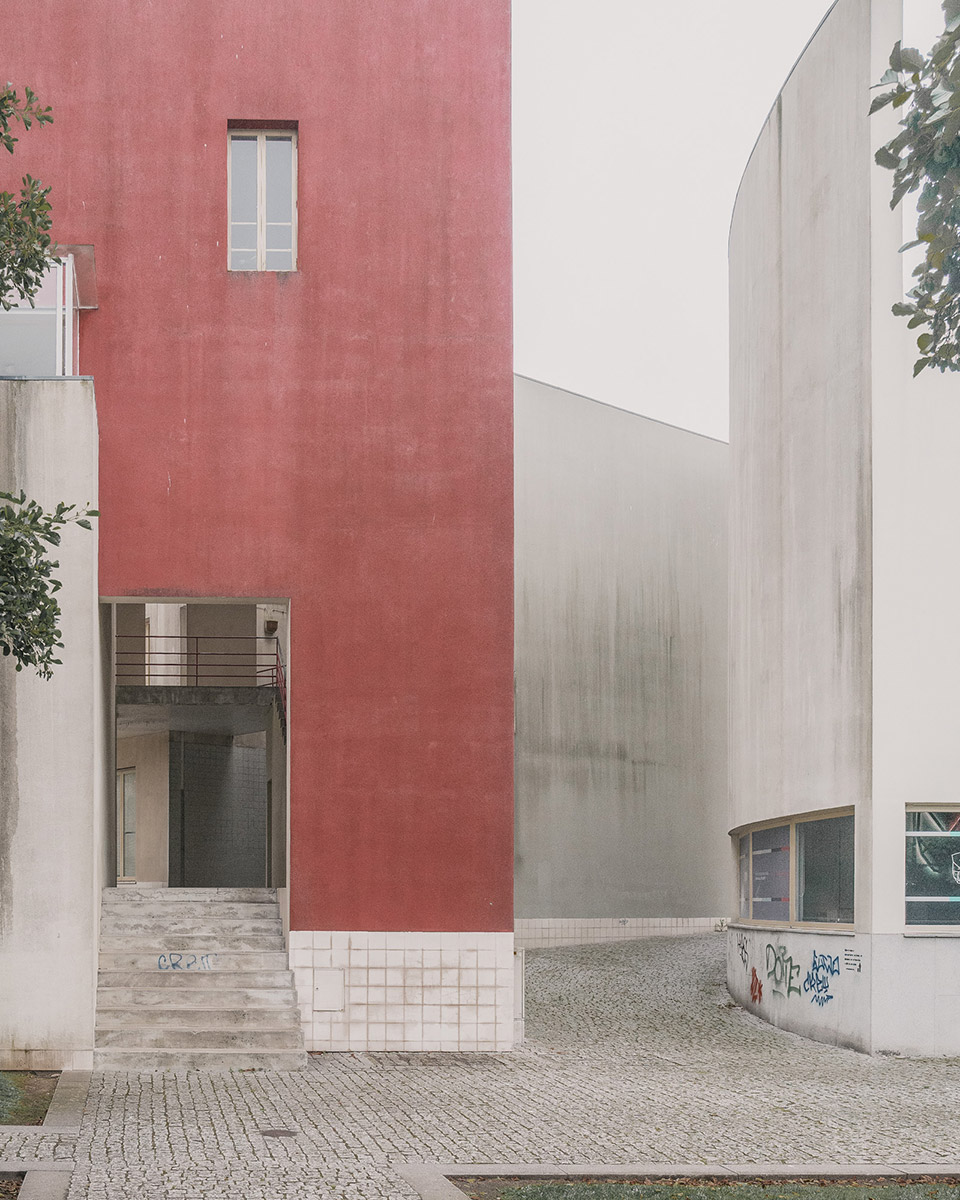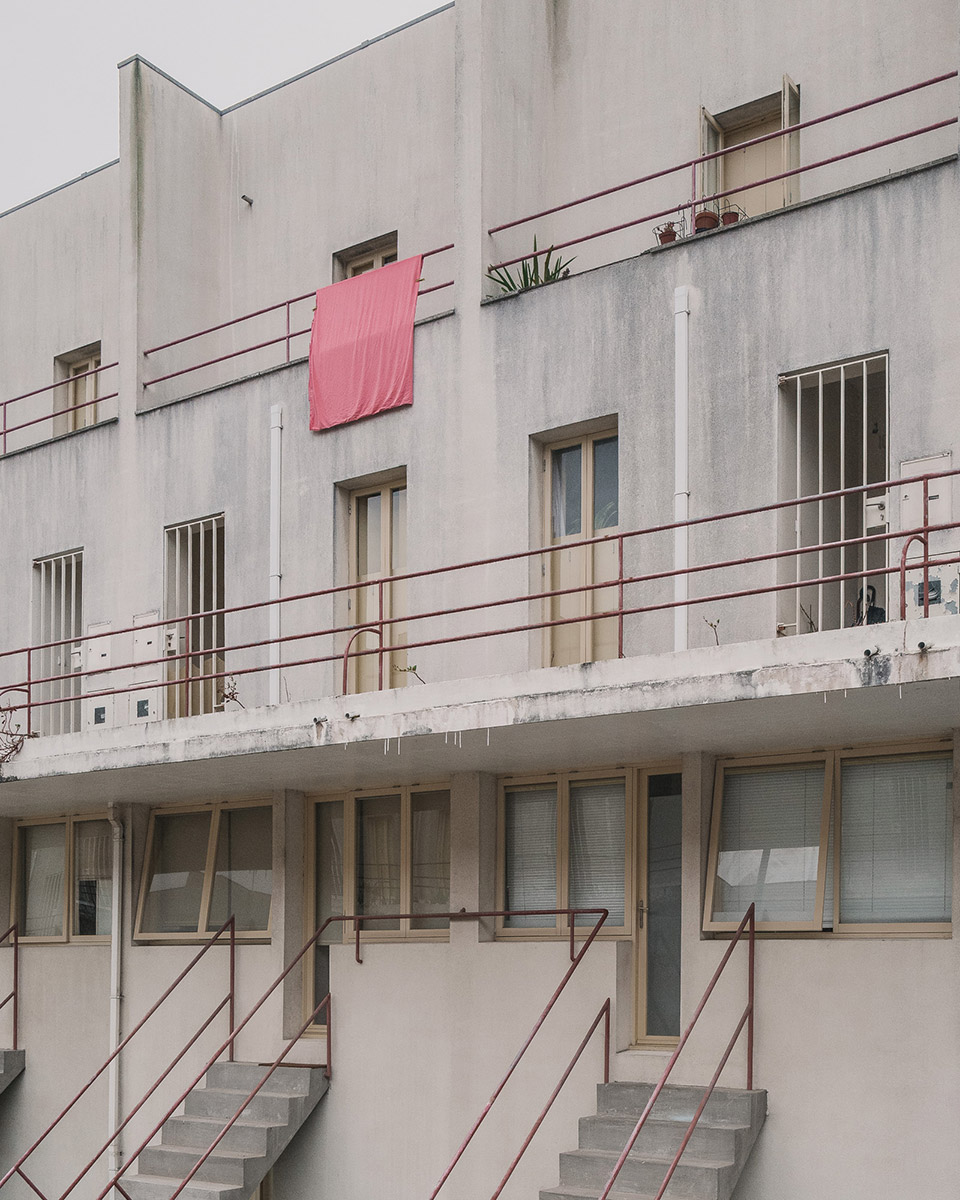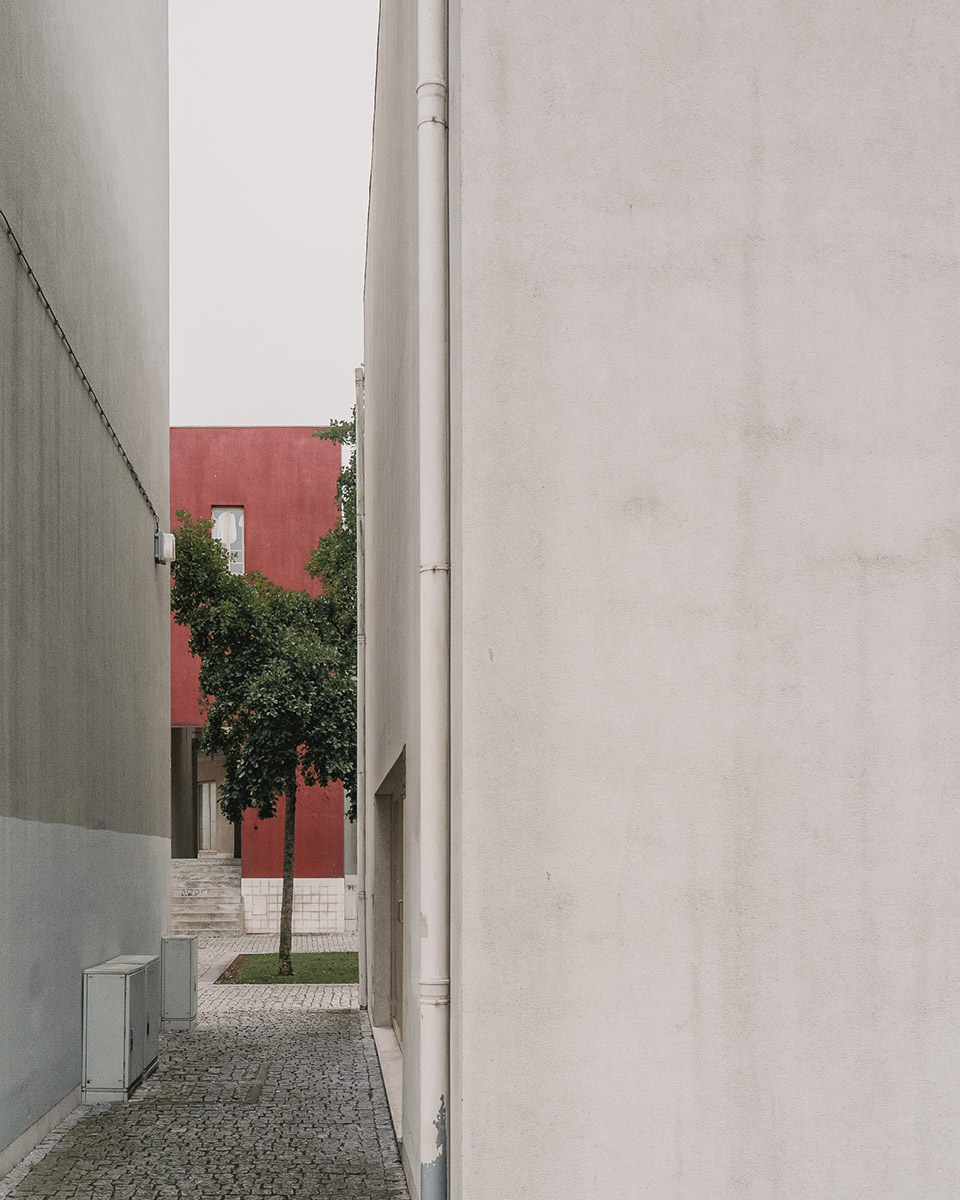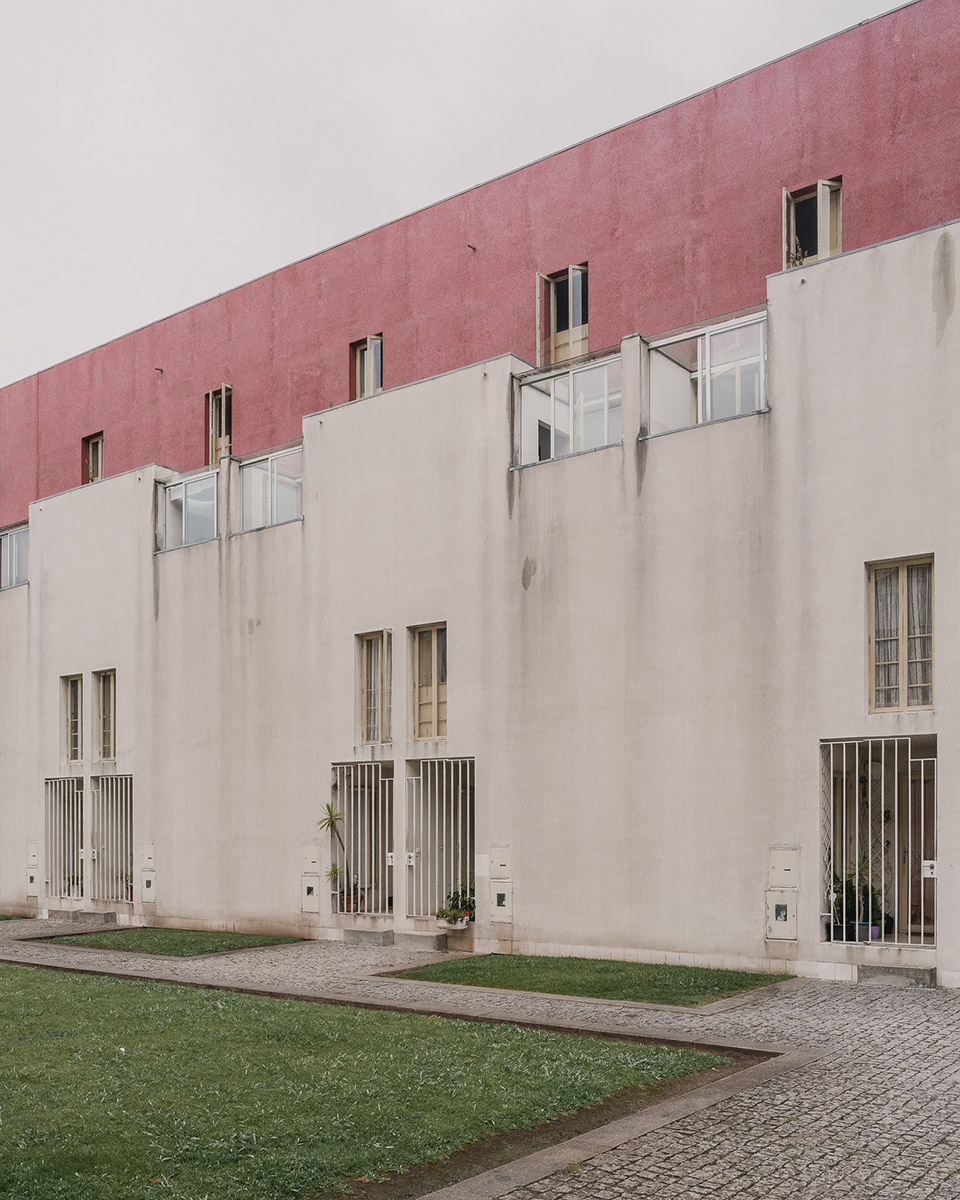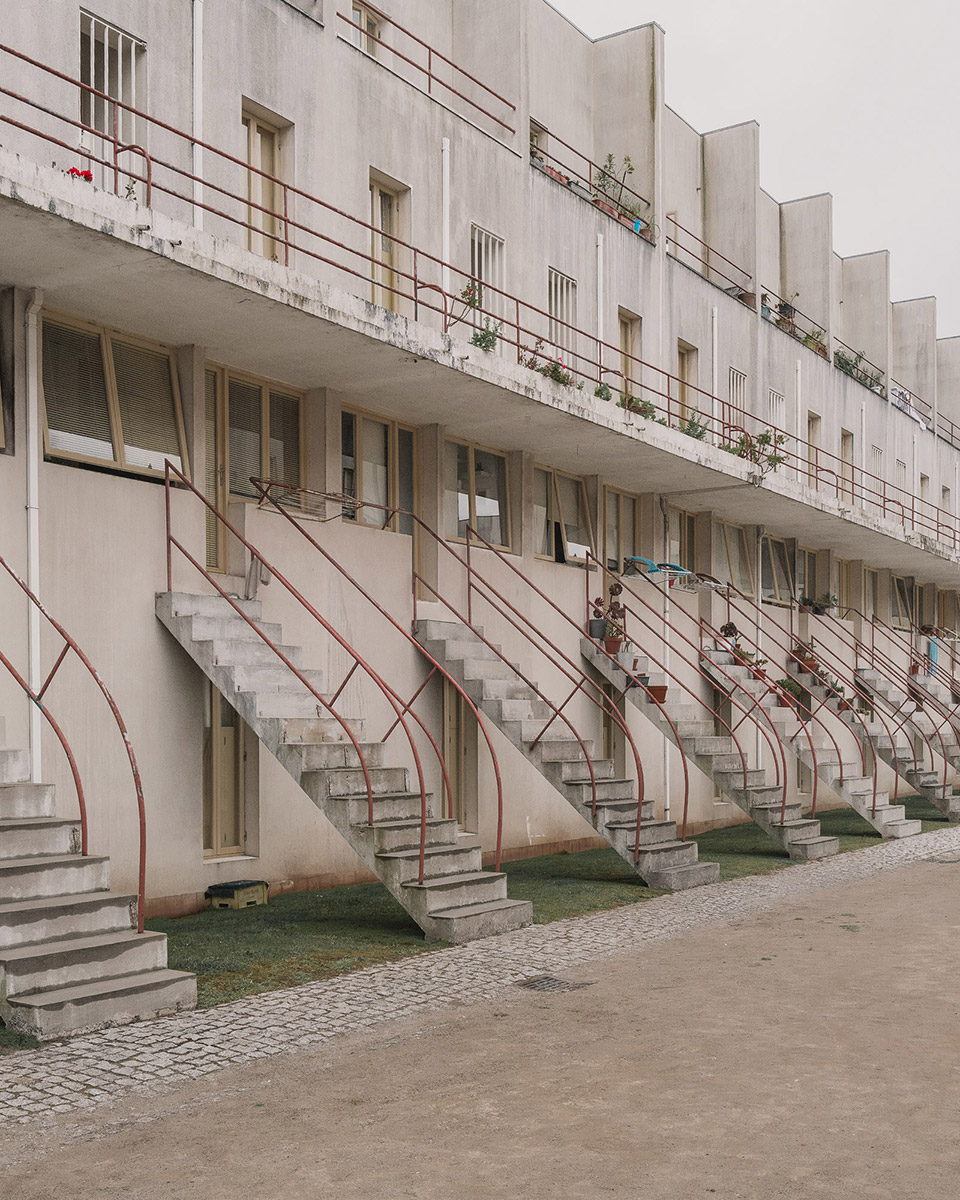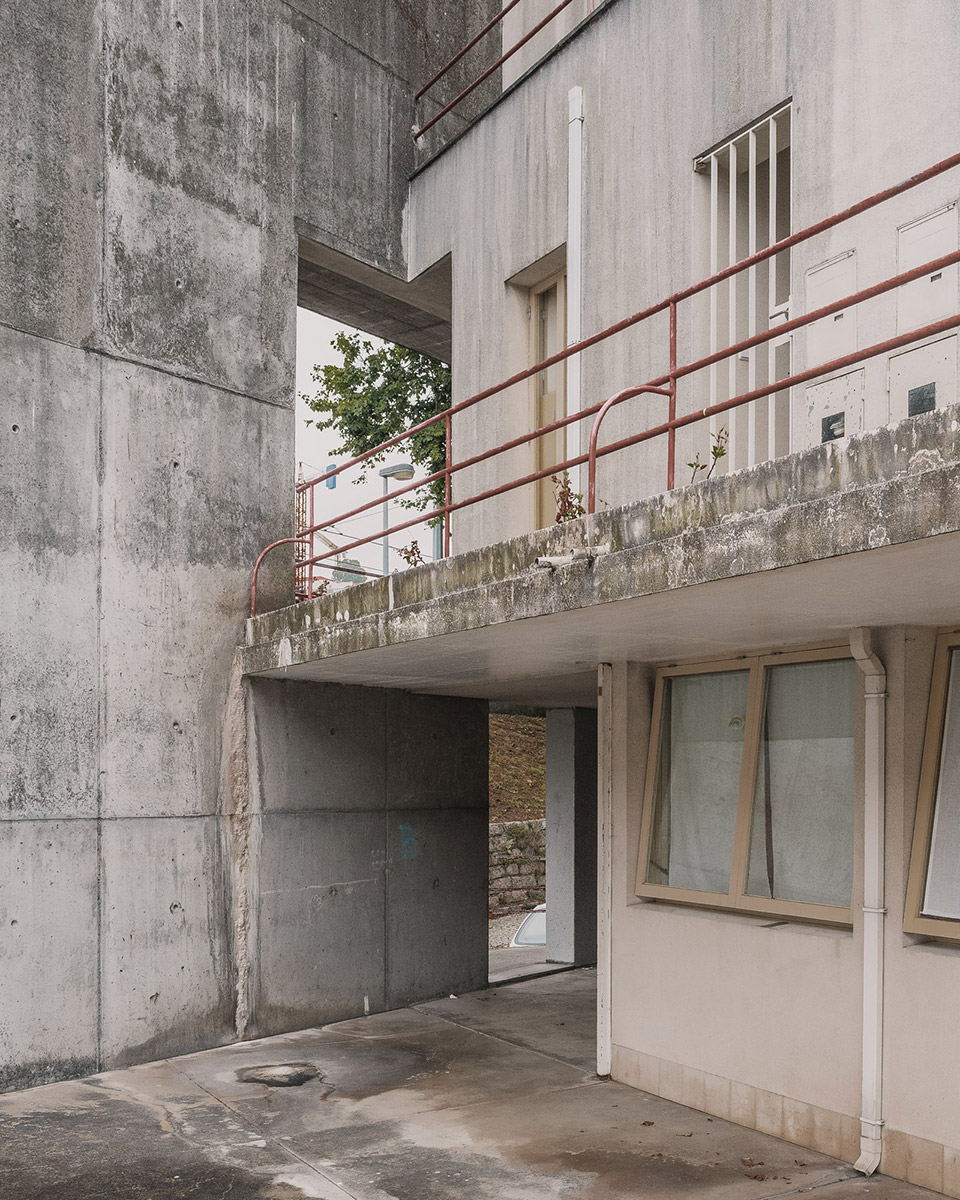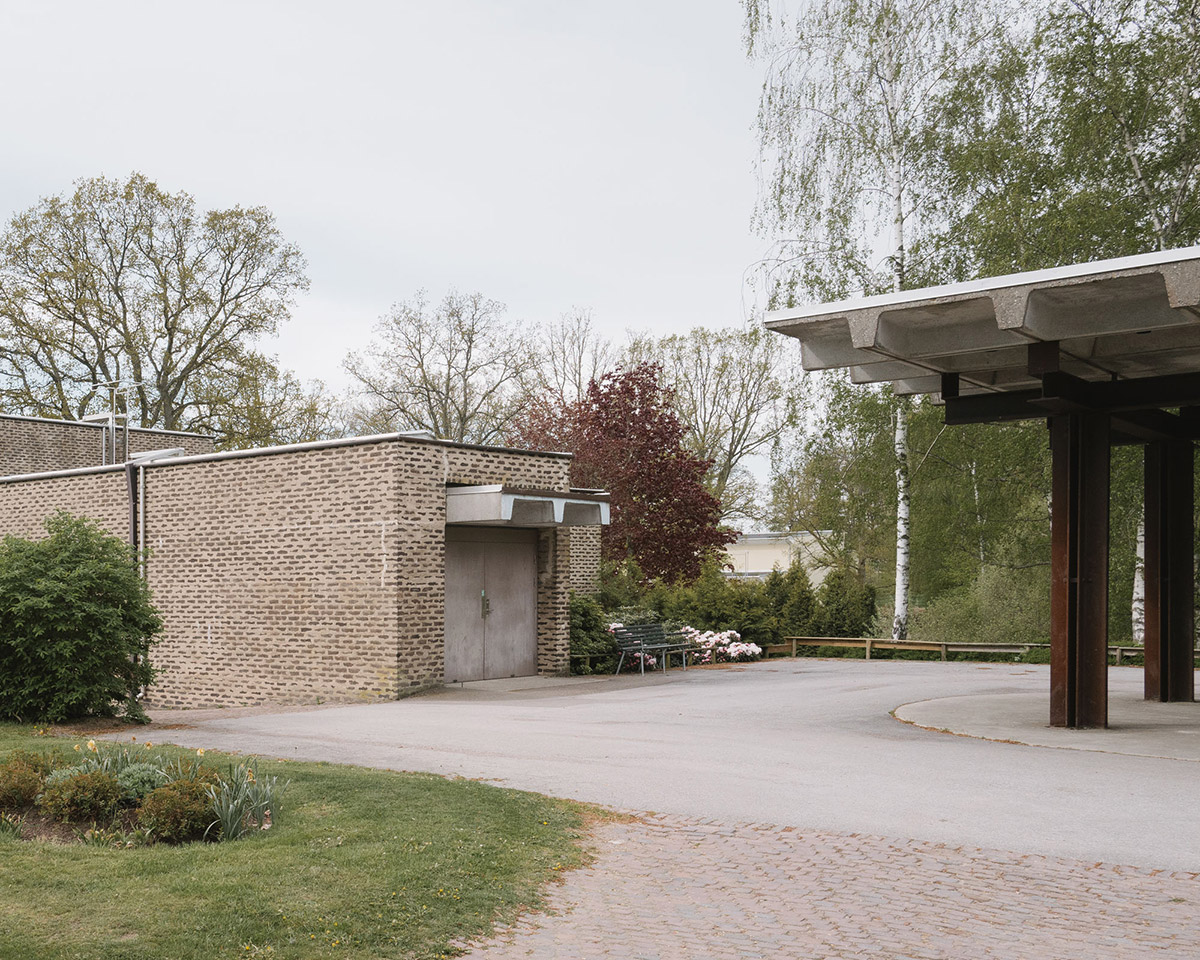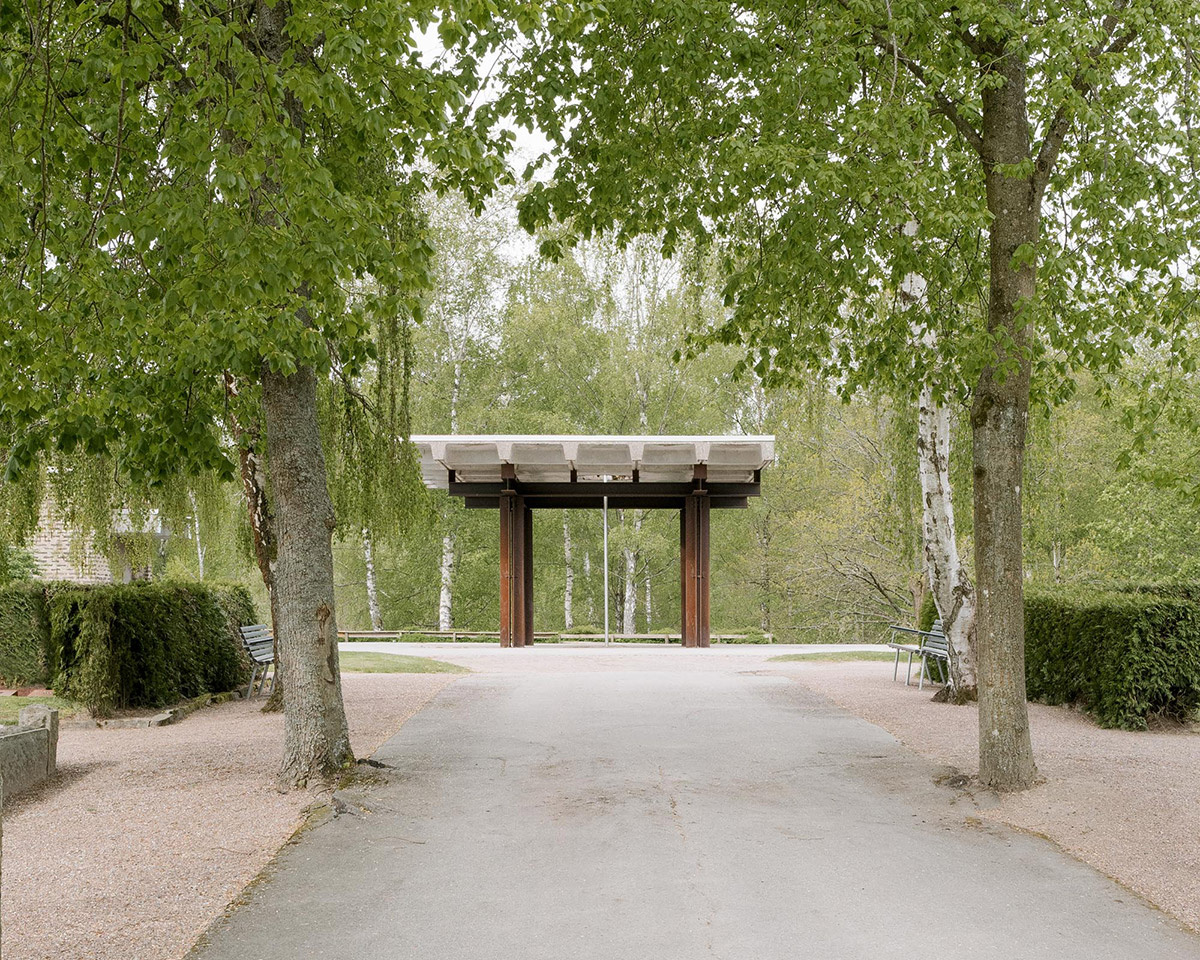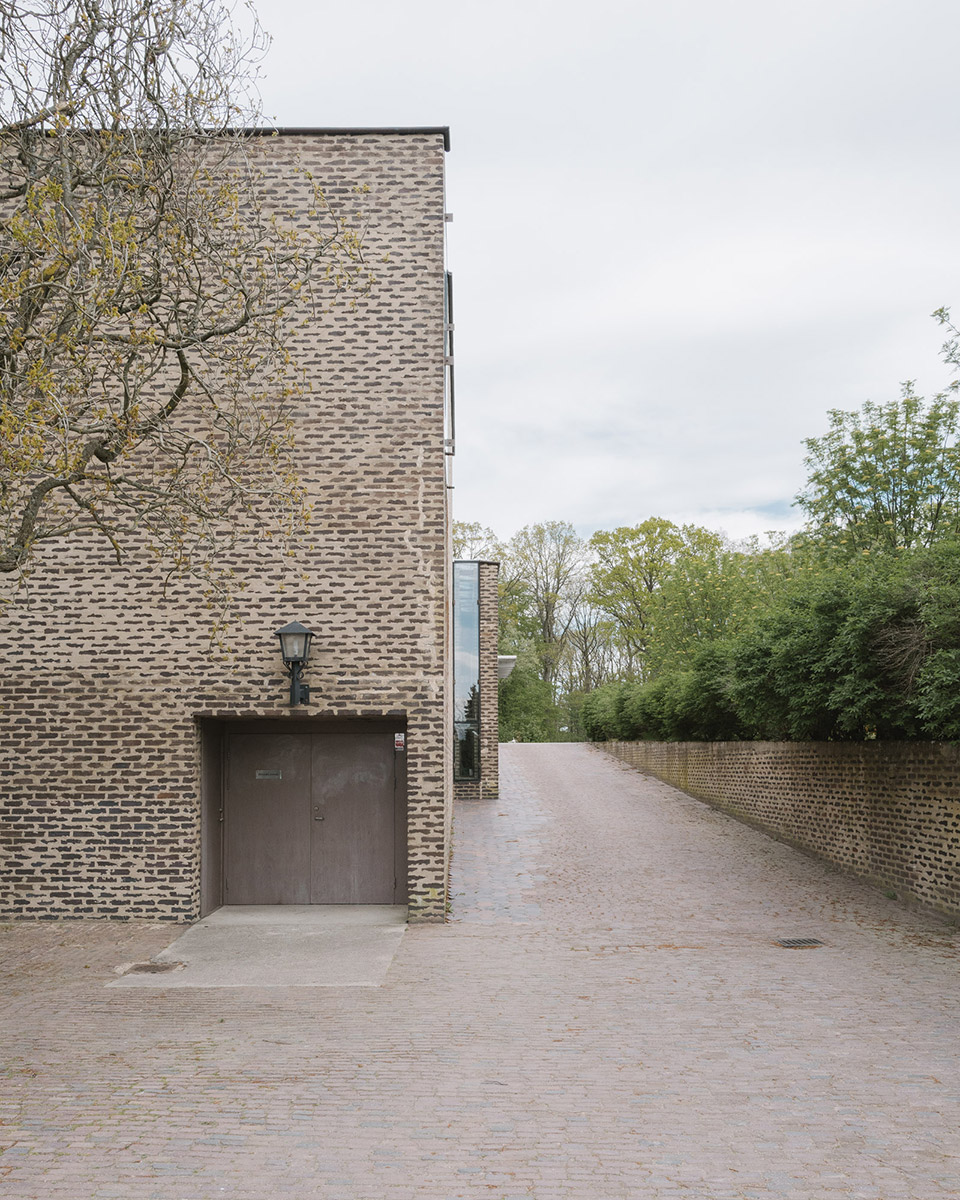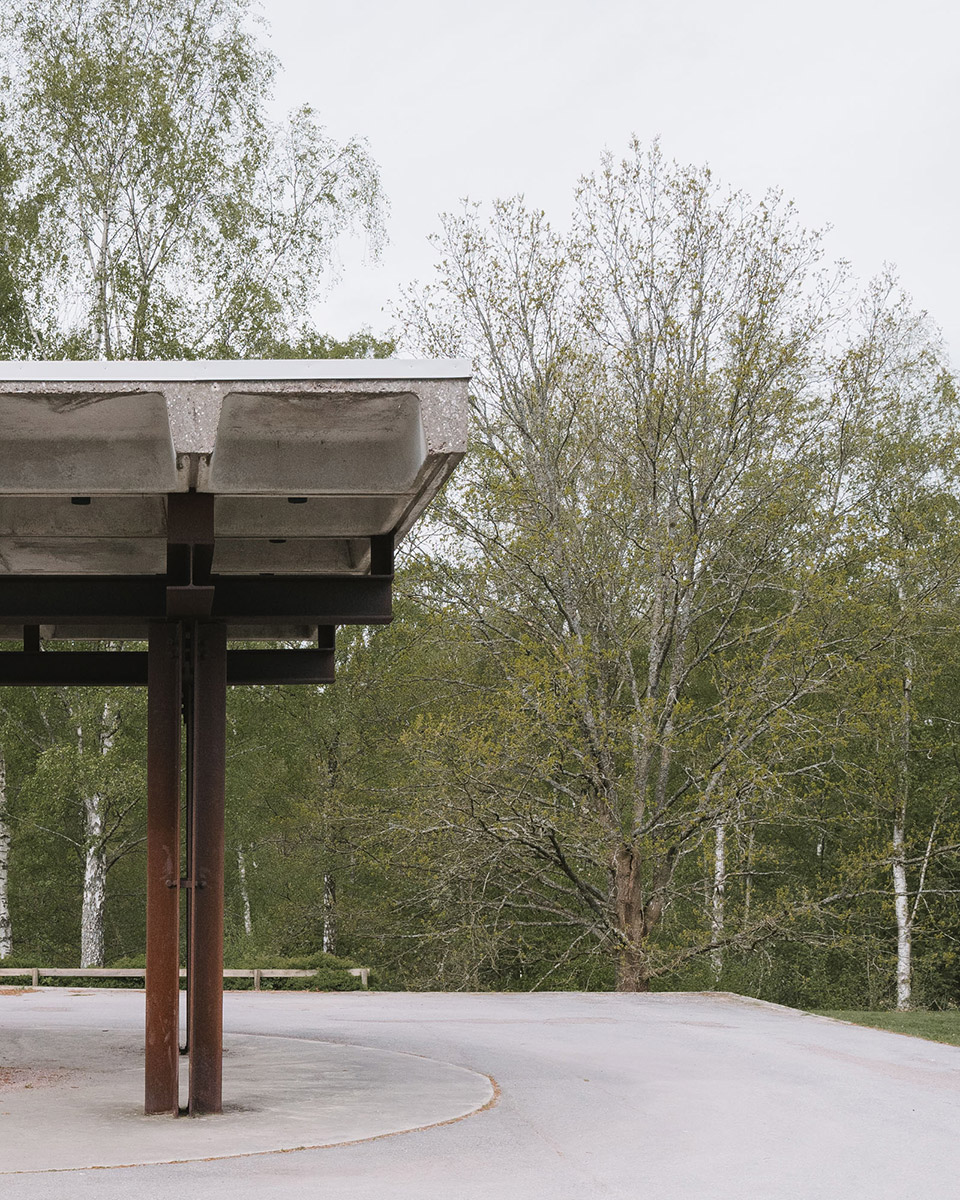21/030
Federico Farinatti
Architect + Photographer
Zurich
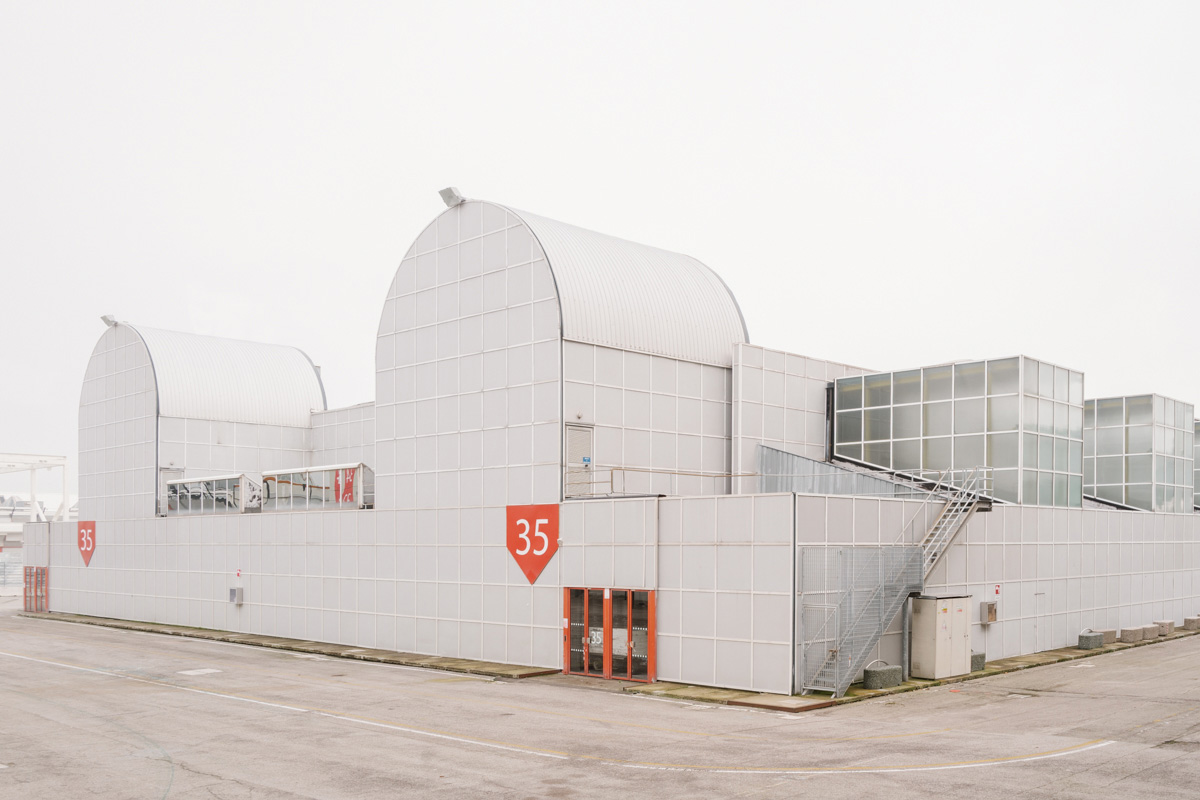
«I want to read the city through my camera embracing all its phenomena.»
«I want to read the city through my camera embracing all its phenomena.»
«I want to read the city through my camera embracing all its phenomena.»
«I want to read the city through my camera embracing all its phenomena.»
«I want to read the city through my camera embracing all its phenomena.»
Please, introduce yourself and your work…
My name is Federico Farinatti. I grew up in the northern part of Italy and since I can remember I have always been fascinated by the forms and aesthetics of my surroundings.
Sometimes I was expressing my thoughts through written words, sometimes, using pencils or pens, drawing on paper. Somehow, I have always found myself in between the analytical and technical parts of the reality and the more humanistic, poetic and hidden ones.
This is probably why I ended up studying architecture, which I consider a noble way to approach both these faces of reality. I moved to Switzerland in 2011 to start studying architecture and I am currently living in Zurich working as an architect and architecture photographer.
Portrait – Federico Farinatti | Photography © Martin Grund
How did you find your way into the field of architecture and photography?
I started taking pictures spontaneously using my parent’s cameras looking for the nostalgic quality of photography as a recorder of events. While studying architecture I naturally found myself using more and more the camera. I started developing a constant consciousness about the power of this tool to represent and interpretate the space around me. I realized that photography could offer me the possibility to summarize reality and, at the same time, seek for a certain degree of abstraction. I remember it was always a pleasure and somehow reassuring to have a camera with me, no matter which situation.
The strength of the hand gesture when the ink meets the white paper or the act of drawing a new project, or studying an architectonic solution, are very similar to the process of taking a picture. You might have something preconceived in the back of your head or you could get inspired by the moment or a certain atmosphere. Nevertheless, in every situation there is a crystallization in time and space of something which was not there before.
What comes to your mind, when you think about your time at university?
University was an enriching and intense time. It was the first experience living abroad and I grew up first and foremost as a person. It was exciting while challenging. Sometimes I miss that steady progress feeling of always absorbing new knowledge. It is energizing. My time in Mendrisio and working as intern in practices where there was a strong usage of images, references, photographs of a hand-built models, had a strong influence on my understanding around the notion of space. I also remember the great opportunity to work side by side with the photographer and graphic designer of the university, Alberto Canepa, learning carefully the passion and all the different processes involved in being a photographer.
What made you switch from architect to photographer?
After working four years in different offices in Zurich, gaining experience as an architect, I felt the need to employ my understanding of space and composition in photography which is a world with less constraints.
I love architecture, and I keep evolving around it. Even though the difficulties one must face in this profession, not always caused by the work you are trying to develop, with the consequential delays and that not so rare sort of compromise condition, pushed me more into the photographic direction.
Photography offers me the privilege of having more freedom. I am thrived by the feeling of being in control over the whole process, as a photographer I really feel that. And even though it might be an illusion, I still find it crucial for my creativity.
Sometimes I struggle assessing whether I should present myself as an architect or as a photographer. Nevertheless, at the end of the day, I do not think it is that relevant.
Architecture and photography have a long history of mutual interference. The two fields have a strong bound which helps me nourishing and growing in both. To my understanding the line between the two professions can be very subtle and I feel comfortable living and working onto this line, sometimes I lean more towards one side, sometimes towards the other, but always with an open mindset to reach a continuous fruitful dialectic conversation.
What are your experiences working as independent artist in the creative field?
Clearly it is a risk giving up a safe position as an employed architect. However, I feel everyday thrilled and energized by the open possibilities I am facing as a photographer. I am attracted by each step of the process. The chance to know personally great architects, the experience of a silent walk through “just built” spaces by myself in an almost religious atmosphere, the act itself of taking a picture, the unexpected turning points during a shooting, as well as everything that comes after the photographs have been taken.
Photography merges all those technical themes of reality, all the quantitative qualities, with something that is different, the act of creation: the immortalization of something which was there, but not visible.
How is your work connected with and to architecture/space and how is the location and context (of a specific place) influencing your work?
My work is always about space. Built, unbuilt, open or closed spaces, I am interested in everything that inspires my eye and captures my attention. I try to transmit this through my photographs. My interest in the space is derived by my architectonic roots and my obsessive attraction towards the city.
Sometimes I am focusing on the city as whole, trying to depict big areas, sometimes I am concentrating on a single artefact where the skin of a building expresses its nature modeled by the natural light. I consider it a sort of laboratory, a complex body where all those aspects which fascinates me, light, form, materiality, structure, repetition come together. I am especially driven towards the complexity of the urban settlements.
I want to read the city through my camera embracing all its phenomena, from the more beautiful parts to the more striking contrasts. I am also drawn towards the mediocre state of those parts one can find in the cities we live in. When I am travelling with my girlfriend, she is often surprised when I stop by and stare an apparently banal, or even ugly considered, fragments in the urban tissue of a city. I love that feeling of amusement and happiness generated by those moments.
Name your favorite …
Book: At the moment I am obsessed with Italo Calvino
Movie: La Notte from Michelangelo Antonioni
Person: Mies, Gio Ponti and Luigi Ghirri
Building: Grundtvig Church in Copenhagen, the Olivetti Store by Carlo Scarpa in Piazza San Marco, Venice, and Fallingwater House by Frank Lloyd Wright.
City: Milan and Barcelona. I was born in Milan and I have a deep bond with the city. It is part of myself. Barcelona, on the other side, has everything: culture, life and events, architecture, restaurants and bars, traditions, the sea and the light of a Mediterranean city. What I love about both of them is the presence of public spaces where the people could easily gather, meet and share. This communal act encapsulates what a city should be.
What person/collective or project do we need to look into right now?
Rui Felipe Pinto, architect who established is own office “Studiolo", working between Portugal and Switzerland, and being teaching assistant at the ETH in Zurich.
He also recently published a book about the Urban Villa typology.
I consider him an inspiring architect and we always have great talks around architecture, photography, art and everything related to the creative world.
Project 1
Fiera District
Kenzo Tange, 1972
Bologna, Italy
It is a photographic research about this impressive project from Kenzo Tange. The immense scale of these spaces are increased by the absence of the users. It evokes a sort of absurd abstraction where the time is frozen. This is also why I decided to shoot with such tonalities, where the shadows are blent in a sharp but homogenous atmosphere.
Fiera District
Project 2
BOUÇA
This summer, while participating as an assistant at Porto Academy, I had the chance to live for ten days in Bouça, the Social housing project from Alvaro Siza. It was a great opportunity to better understand it in all its complexities and richness. This ended up in being a photographic series stressing the themes of the social realm with its contrasts and contradictions: private/public, exposed/protected, open/closed and so on.
Bouça
Project 3
Das Erbe der Zukunft
This is a series I developed for a competition I won in 2018. The competition formulated by SIA (Swiss Society of Engineers and Architects) was asking to documentate the built heritage of the 1980s and 1990s through a photographic research.
I focused on buildings which I considered perfect examples of this specific time in history. A time permeated by widespread positivity and blind faith in the Western capitalist system, when the sublimation of globalization, exploded in the first digital revolution, in new medias, in innovative connective possibilities that erased distances. The transition from modern to contemporary architecture is based on unusual juxtapositions that intertwine to create a complex and sometimes contradictory picture. I tried to capture architectures which could convey this also through their materiality and formal expressions.
Das Erbe der Zukunft
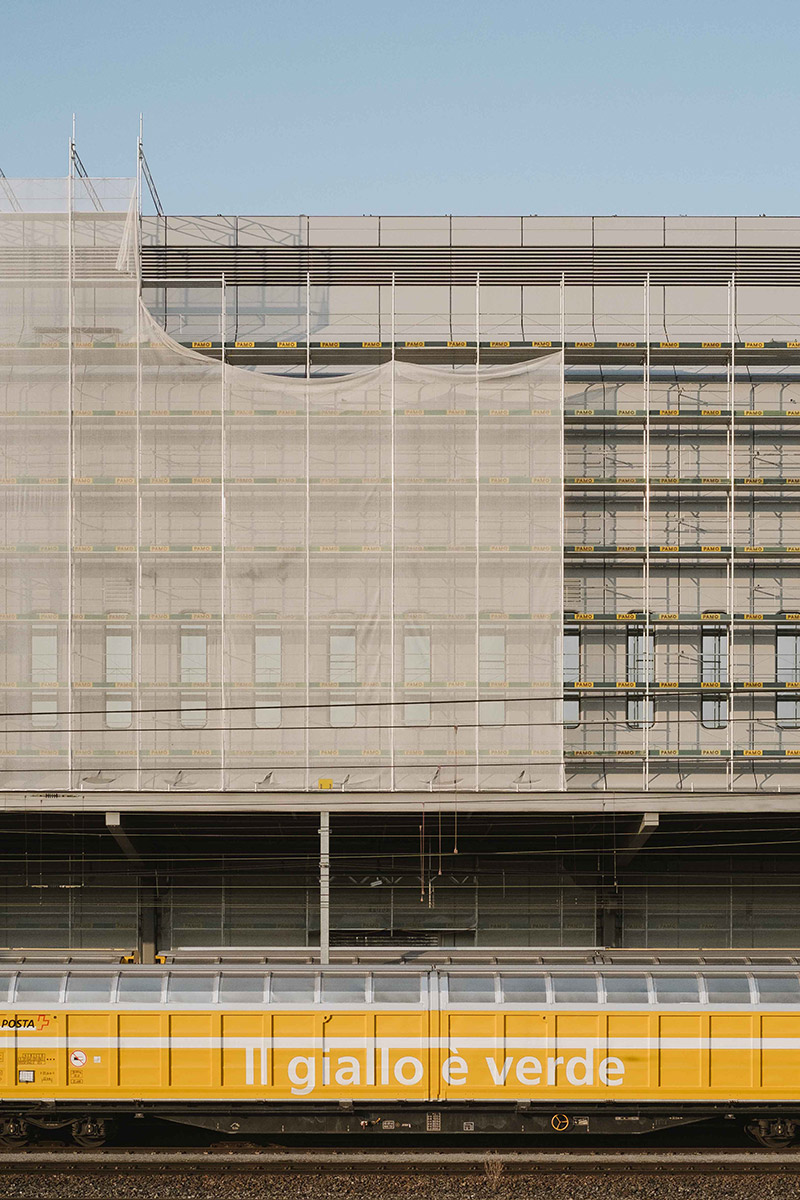
Theo Hotz, Fernmeldebetriebszentrum Herdern, Zurich, 1978-80
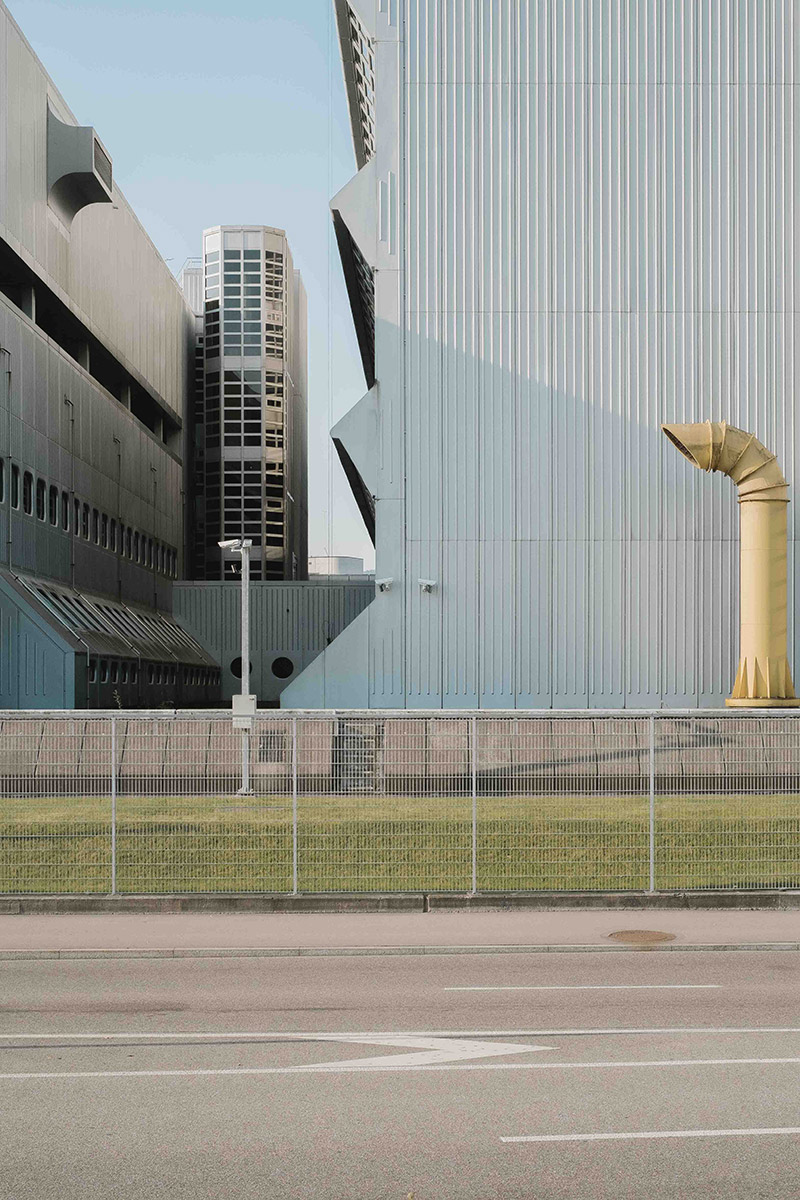
Theo Hotz, Postbetiebszentrum, Mülligen, Zurich, 1985
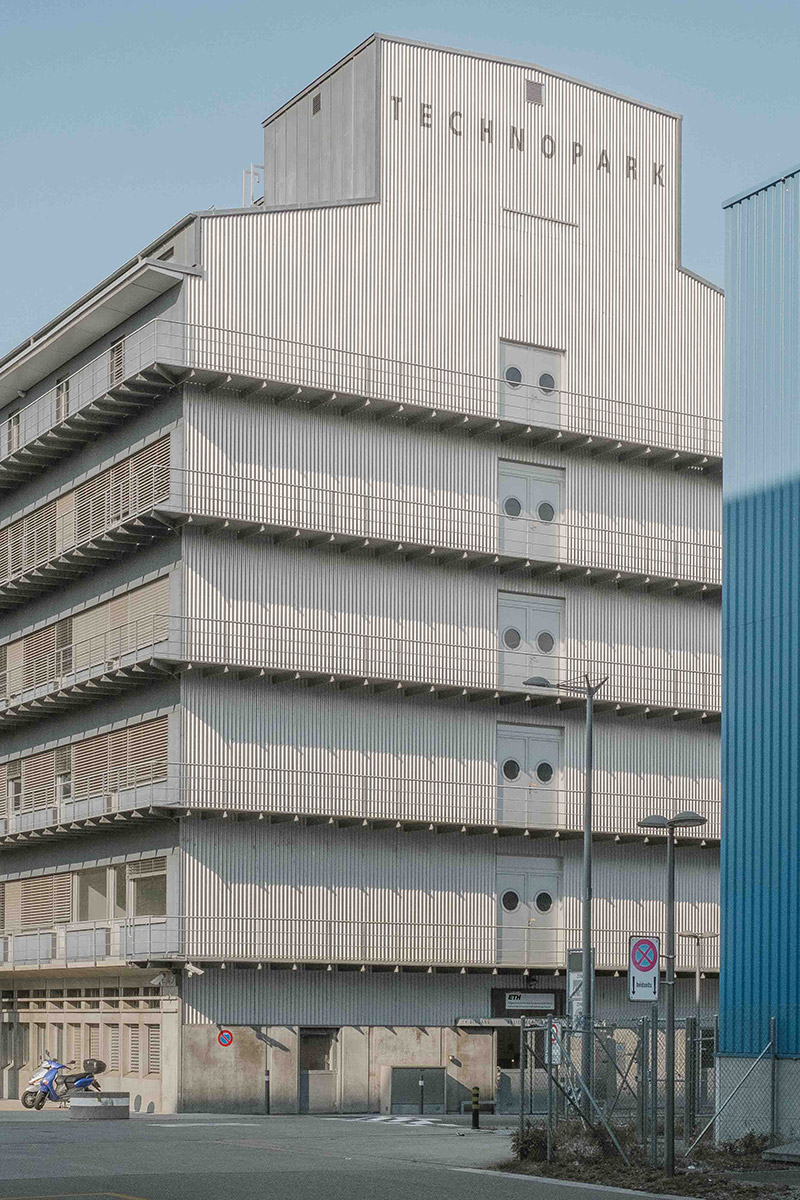
Itten Brechbühl+Ruggero Tropeano, Technopark, Zurich, 1989-1993
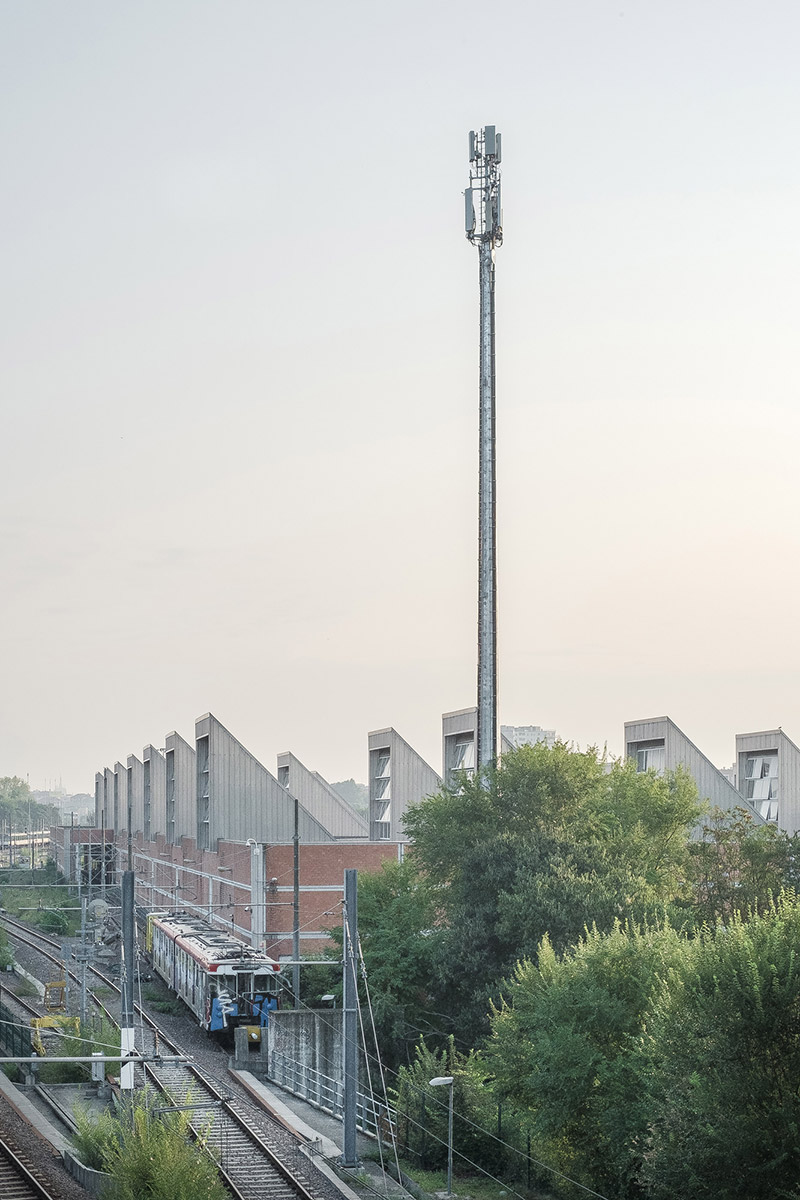
Ludovico Magistretti, Deposito ATM di Famagosta, Milan, 1989-1999
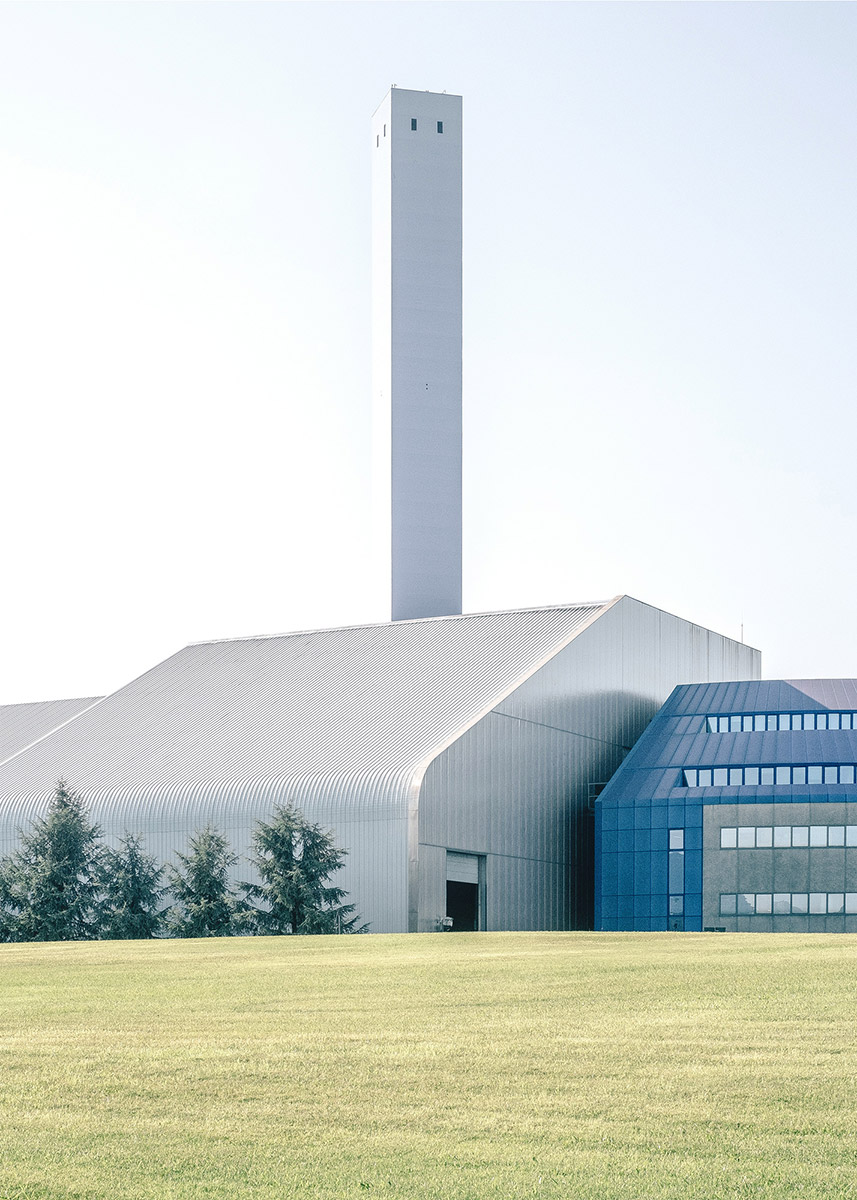
Studio Tecne Srl, Termoutilizzatore di Brescia, 1996-2000
Project 4
Klockarebackens Funeral Chapel
Bernt Nyberg, 1972
Höör, Sweden
I tried to give a photographic answer to the precision in this architectonic gesture project for a funeral chapel by Bernt Nyberg in Höör, Sweden. There is a high degree of precision and balance between nature, light, geometries and the materials used by the architect.
Klockarebackens Funeral Chapel
Website: www.federicofarinatti.com
Instagram: @federicofarinatti
Photo Credits: © Federico Maria Farinatti
Interview: kntxtr, kb, 10/2021
